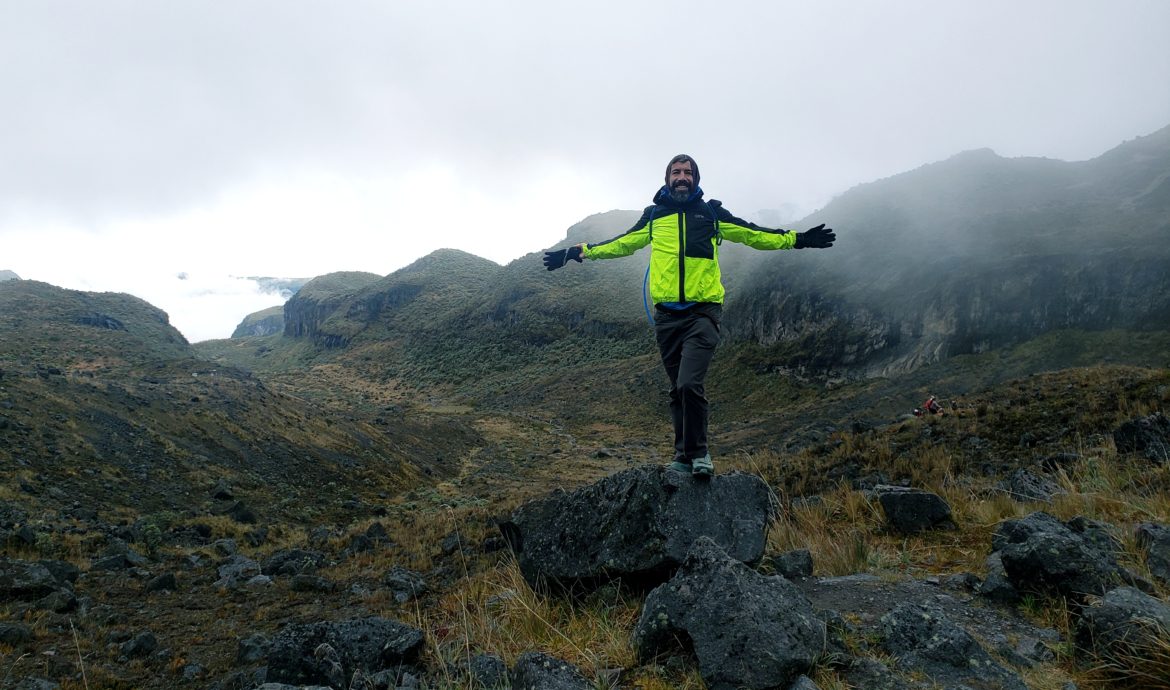
Los cóndores dando vueltas alrededor el páramo
ColombiaI strolled down to the Plaza Bolívar in Manizales after arriving. Every pueblo in Colombia has a Plaza Bolívar at the center of the city. The namesake, of course, is Colombia’s George Washington, Simón Bolívar, the “Libertador” who led half of South America to independence from the Spanish empire. The Plaza Bolívar is normally a quaint park surrounded by outdoor cafes and restaurants, with a colonial Catholic church peacefully guarding over all. I like to head to this cultural hub first to get my bearings in any given town (of course, after I shower and collapse lifeless on my hotel bed for an hour or so).
The Plaza Bolívar in Manizales was anything but cute. A gothic cathedral towered over the square, menacing with cold blue lights, rather than the usual friendly post-renaissance style architecture. Not a restaurant or cafe could be seen; only gray office buildings surrounded the square. But the creepiest element was a fifteen-foot-tall sculpture of a monster, bearing the legs of a man and the body of a bird of prey. Its wings were tattered, vacant holes for eyes, and a frowning mask levitating in front of its feet. I wondered what it meant as I shivered in the mountain breeze.
“El Bolívar-Condor,” Rosio, our guide, told me as the van bumped tortuously along a dirt road. The legs of the nation’s hero and the wings of a symbol of its natural wealth. Man and nature united. But why so sinister, I thought, if Colombians were so proud of both these things? I didn’t know the word in spanish for sinister, so I held off in my questioning.
As the van continued to wrestle through the countryside, out of Manizales and into the national park, Rosio continued to entertain the few Medellín weekenders and me with facts about her native city and the park. After cresting countless ridges and descending gullies formed by glaciers and lava flows, we arrived at the 13,500 foot trailhead surrounded by a unique ecosystem called the “páramo,” the otherworldly alpine wetlands of the tropics. While Ecuador, Venezuela, Costa Rica, and Namibia also boast páramos, 60% of them are found in the cordilleras of Colombia. We wandered through a scene from a Dr. Seuss book while Rosio explained the properties of the endemic flora surrounding us, which was lush like the jungles below, but also stunted like the alpine environments I’m used to. This plant relieves migraines, she told us; this one is as soft as a cushion; this one will support your weight crossing a swamp. The most majestic is the frailejon, a proud pillar which looks menacing like a yucca from afar but fuzzy like a sunflower up close. I felt a sense of peaceful familiarity despite the novelty of my surroundings; the paramo bore the same church-like aura as the alpine heights of Colorado, where everything, even the air, has a hint of fragility but also timeless strength. Our hike peaked at the Santa Isabel glacier at 15,700ft – one of Colombia’s last six glaciers. Twenty years ago, Colombia had nineteen glaciers, Rosio told us.
The next day, I flipped on a podcast as I biked through a forest of non-native pines that had been planted by lumber companies. The podcast featured three scientists in Bogotá who study the páramo and climate change. I expected to hear the usual story about melting glaciers being obvious evidence of global warming, but the scientists didn’t address the glaciers at all. Instead, they explained how the páramo in Colombia is likely to disappear by the end of the century or sooner, as a result of climate change, agricultural deforesting, and mining pollution. Having just fallen for these delicate landscapes the day before, I felt a twinge of desperation.
But it’s not just a shame that pretty plants are disappearing. Those plants are sponges that retain massive amounts of cool equatorial precipitation. As a result, the páramo is the country’s primary source of drinking water and its hydroelectric energy. Losing the páramo to the excavation of natural resources could ironically rob Colombia of what is arguably its greatest natural resource: energy independence.
I suddenly felt uncomfortable in the dark, unnatural pine forest surrounding me. I remembered Rosio telling us that ranchers have been moving higher into the páramo to escape the lumber company’s pine forests, which suck up all the natural water sources in the lower elevations. For a moment, the pine trees around me embodied the soulless corporate march to destroy the páramo.
Then, a young man in a hardhat stopped me at a logging site. I could pass, he told me, but first the truck needed to finish clearing some fallen trees in the road. As we waited, he showed off a little of his English and told me he wanted to take his family to Miami. I was a bit taken aback – I don’t meet many people who speak English in Colombia and I didn’t think that physical labor in the middle of nowhere would attract the same people as an English class. I asked him about the trees and he pointed to the different types of pines that were good for paper mills.
His friendliness brightened up the dark forest a bit. After all, communities depend on the employment that these companies offer. And consumers depend on the lumber from the pines, the food from the ranches, and the metals from the mines that end up in our cell phones and computers.
Back in Manizales, on the edge of a cliff across the city from the Bolívar-Condor, is another renowned statue, depicting the story of the city’s founding. A party of struggling men and mules, “Los Colonizadores,” drag a miniature town up the side of a mountain on their way to fight a greedy aristocrat for equitable use of land. Their struggle incepted a prosperous city in the most unlikely of locations on top of this mountain.
But how far will the frontiersmen continue to colonize upward into the páramo in their quest for prosperity? Or are we just scavengers like the Bolívar-Condor, waiting for the opportunity to exploit resources that can’t defend themselves? In any case, I feel grateful to have had the chance to wander through the misty highlands of the páramo, drank from its crisp glacial streams and breathed the fragrances of its alien shrubs, lest it all be gone tomorrow.
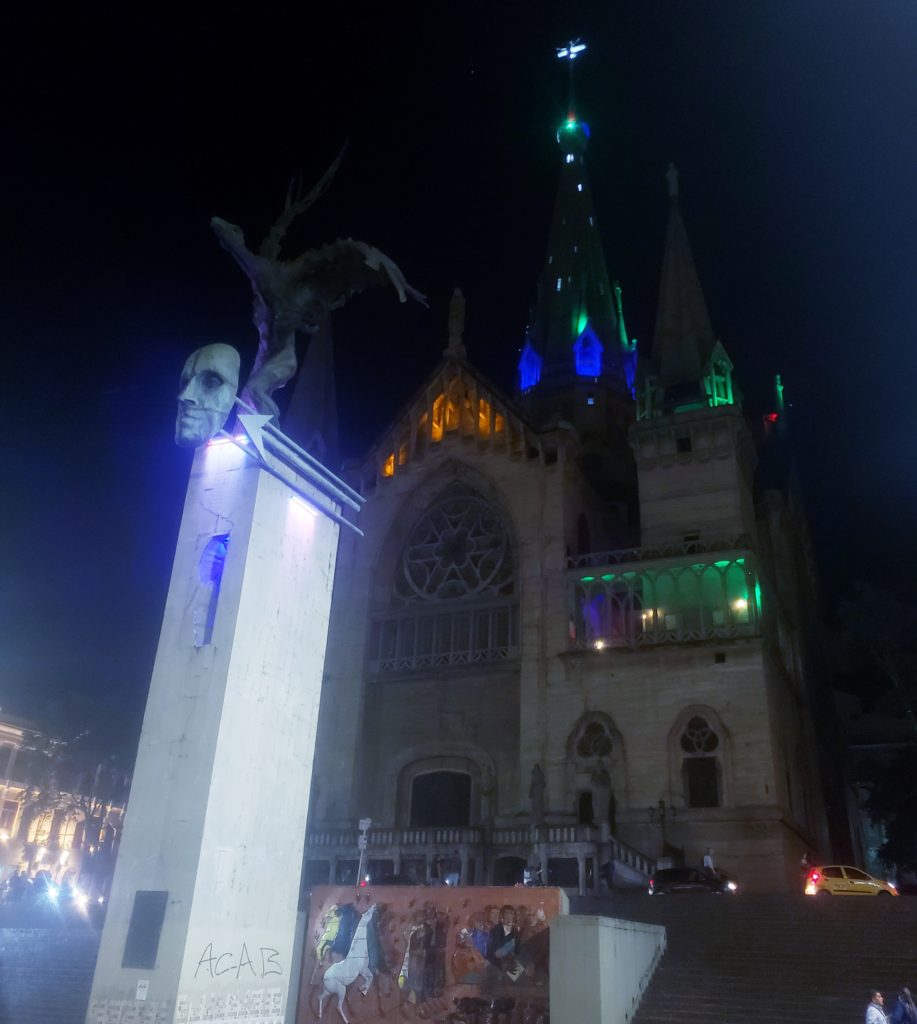
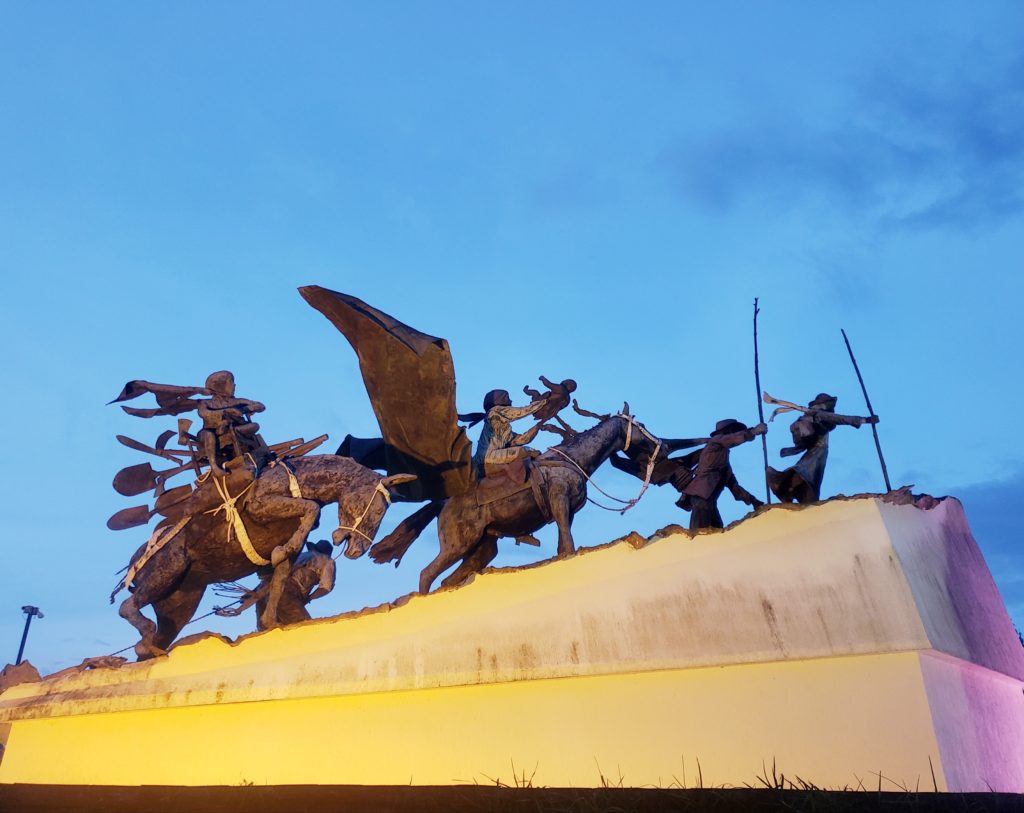
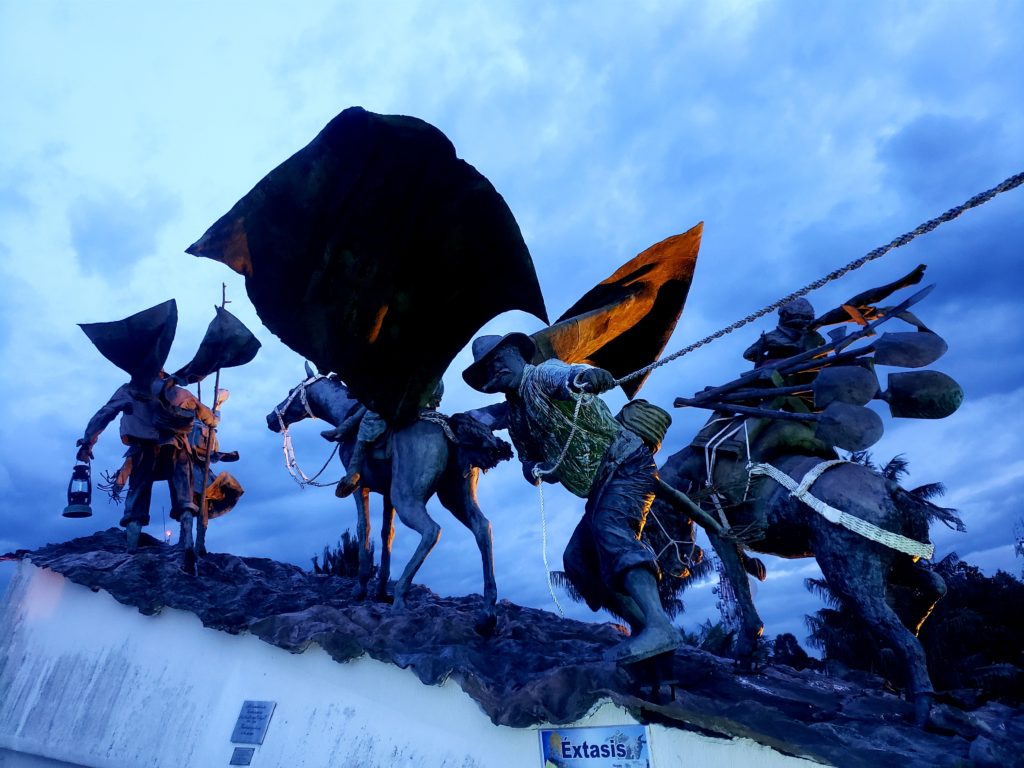
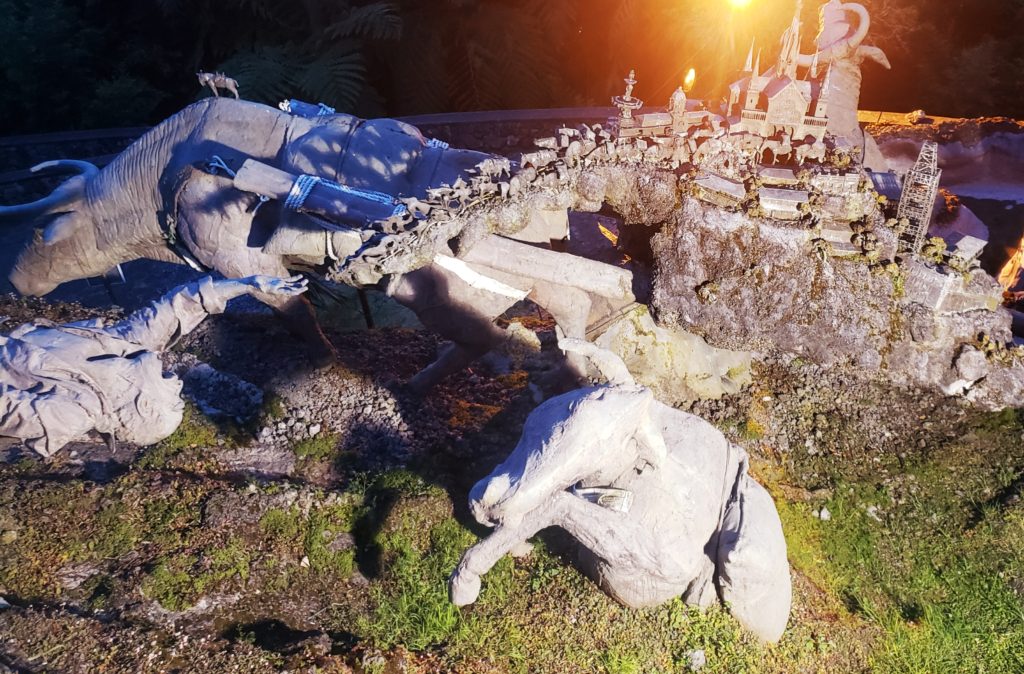
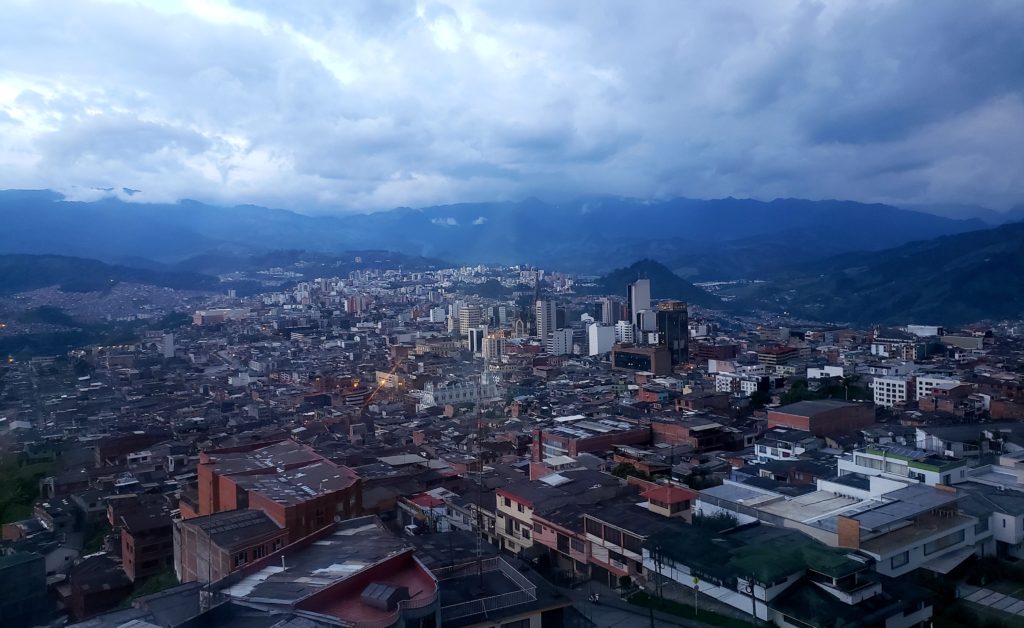
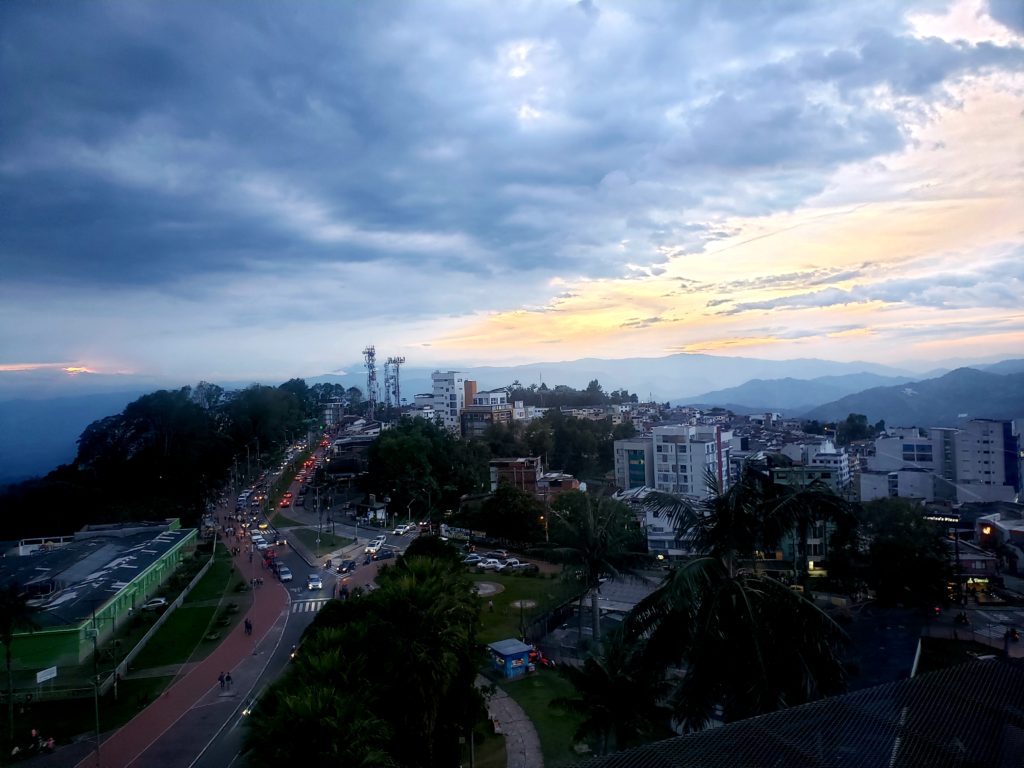
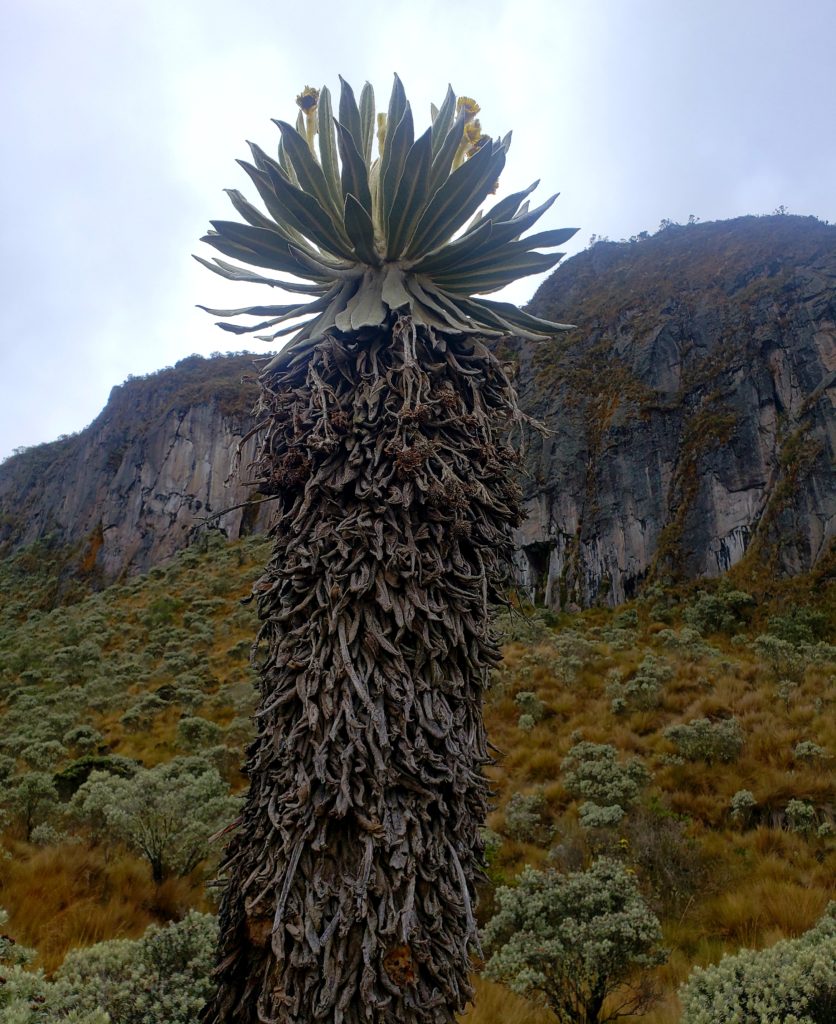
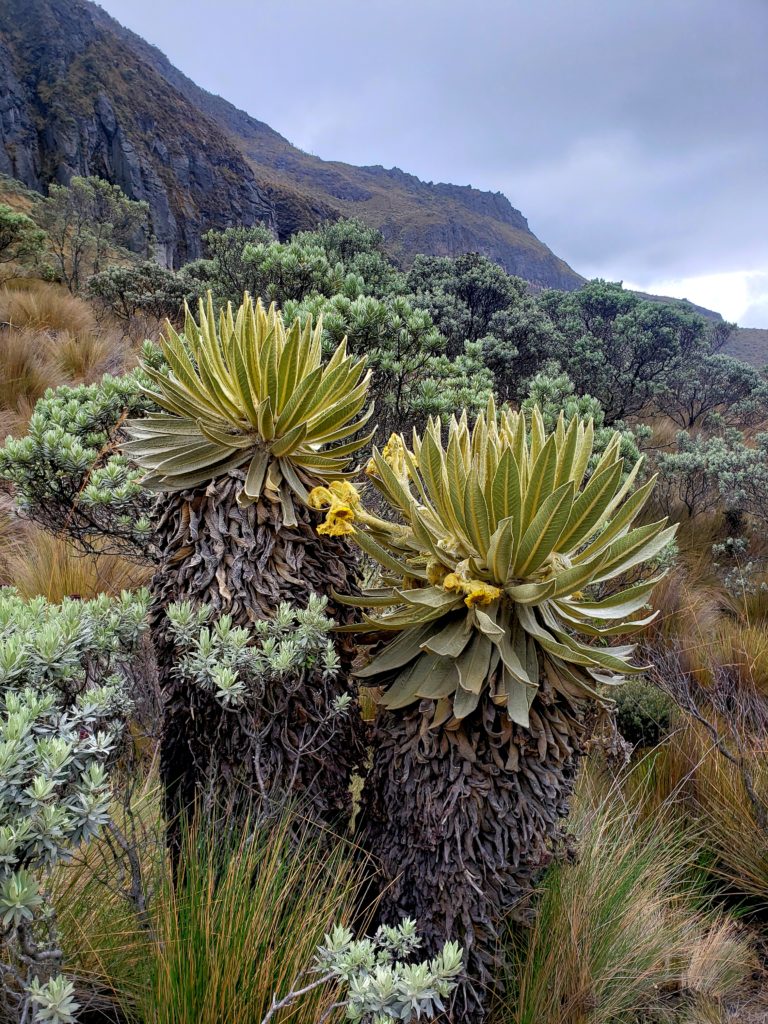
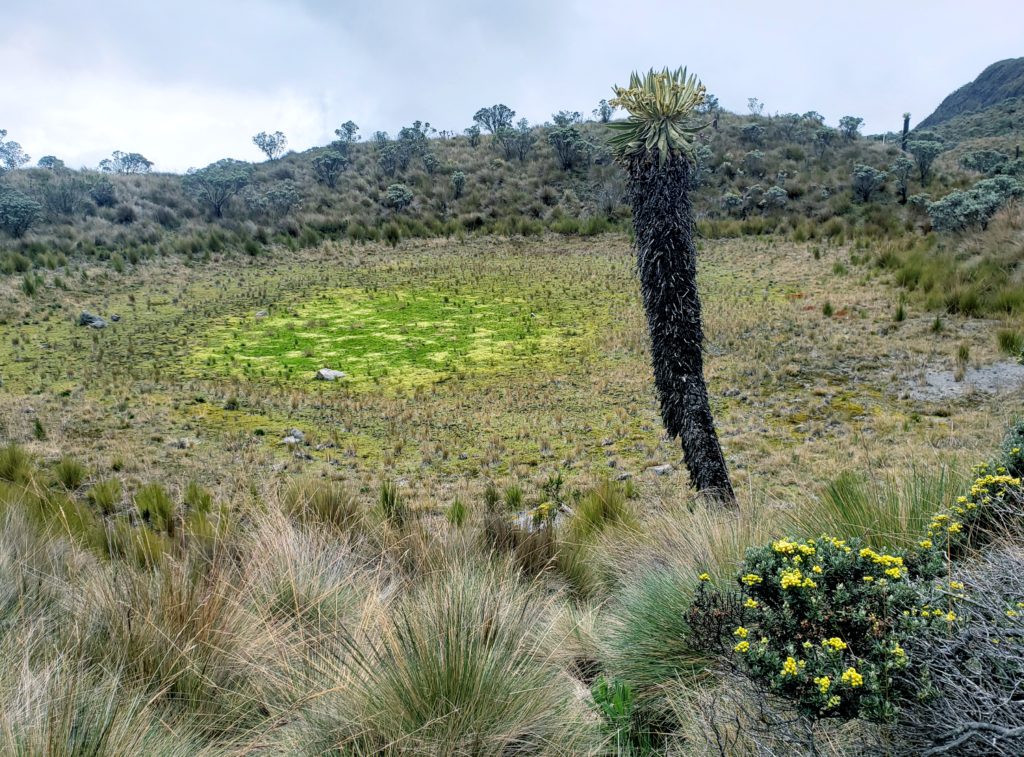
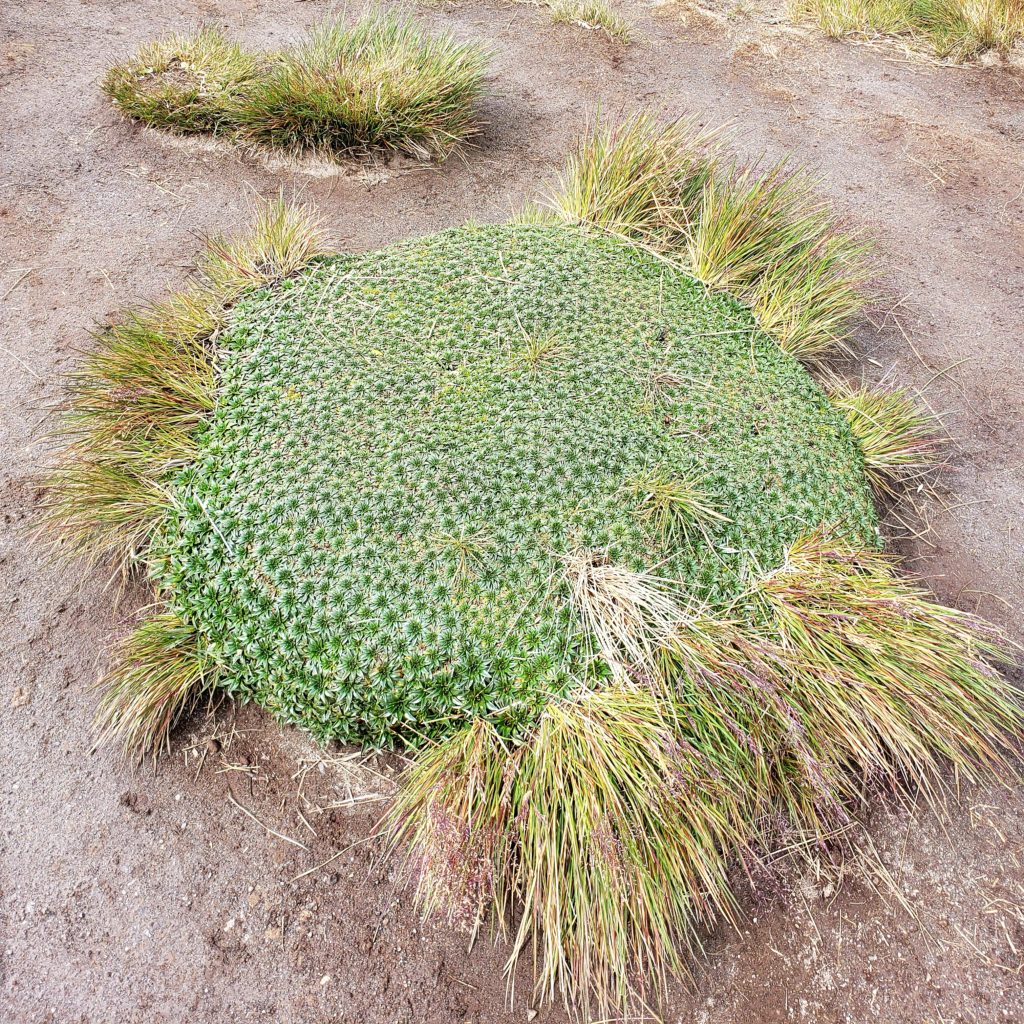
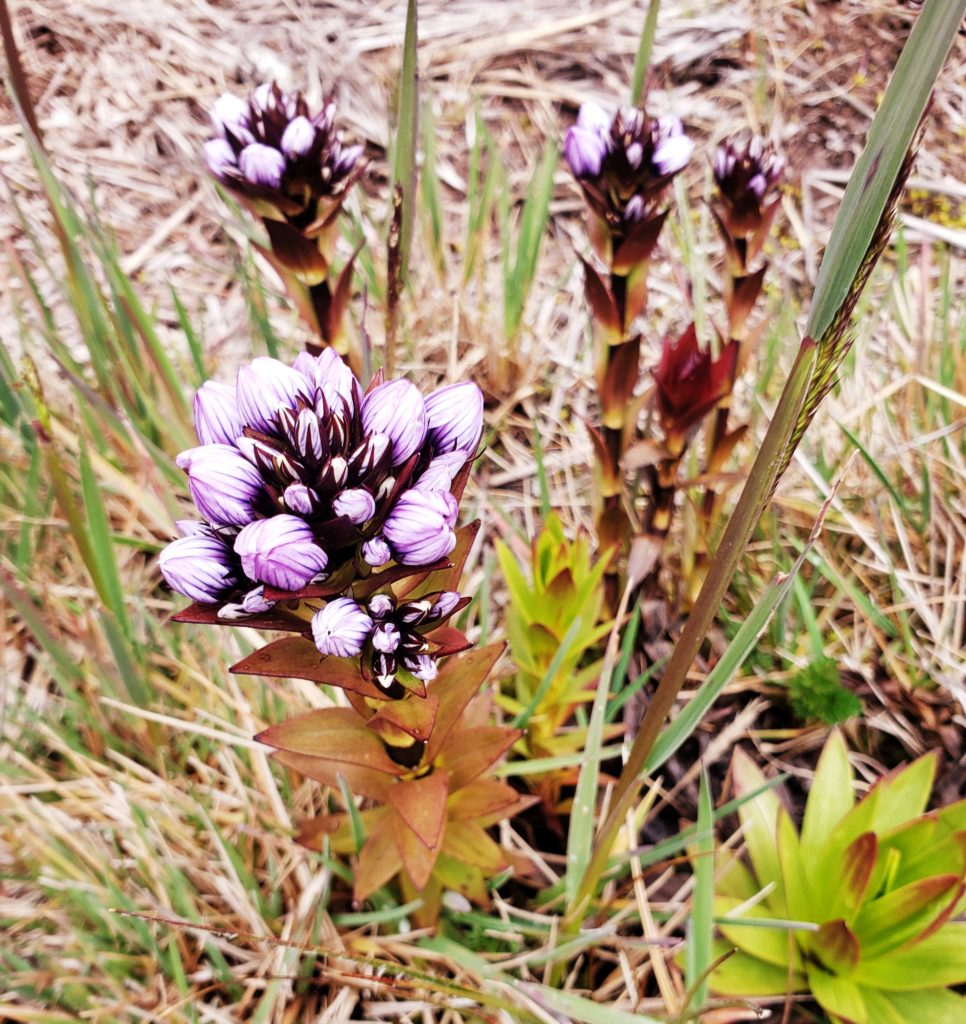
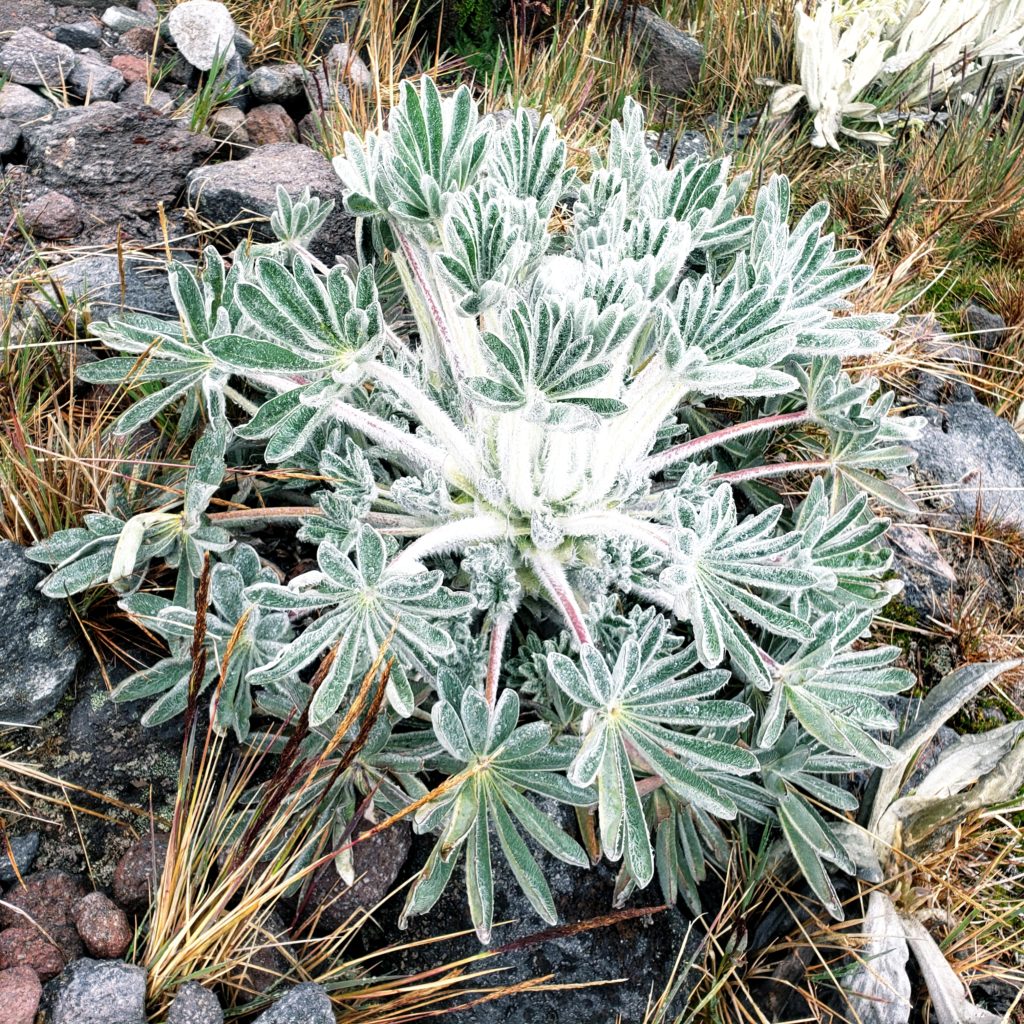
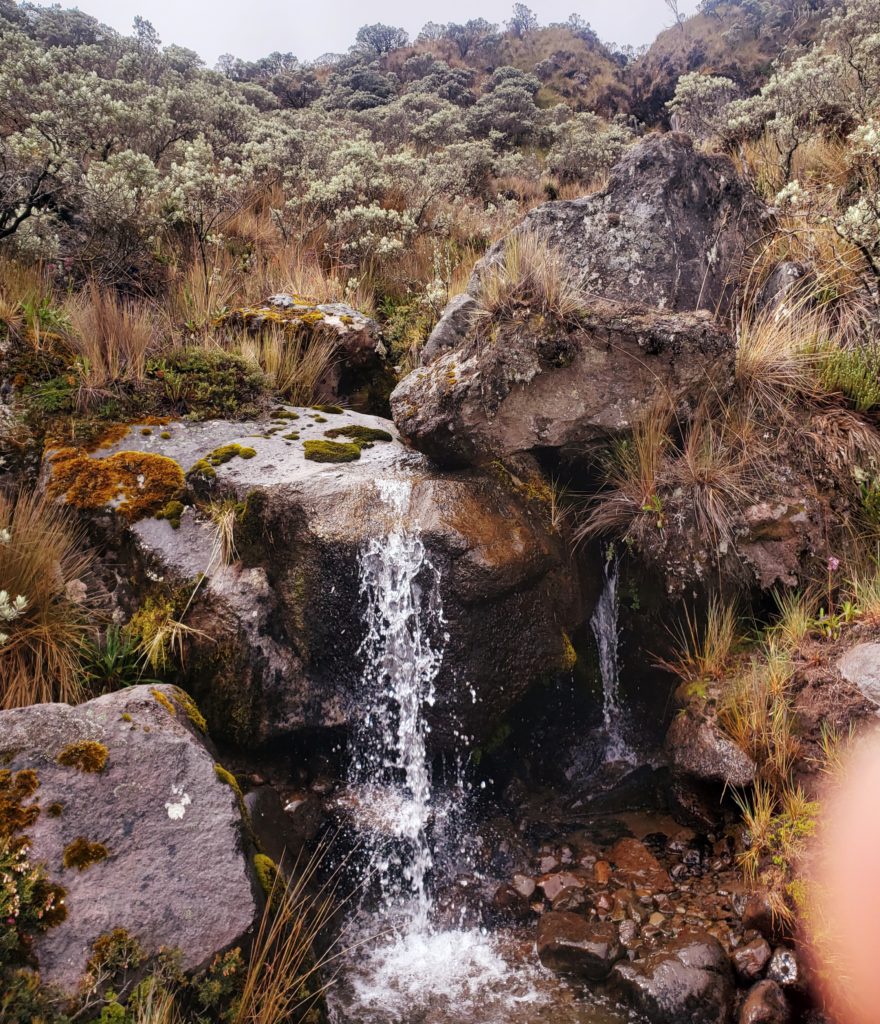
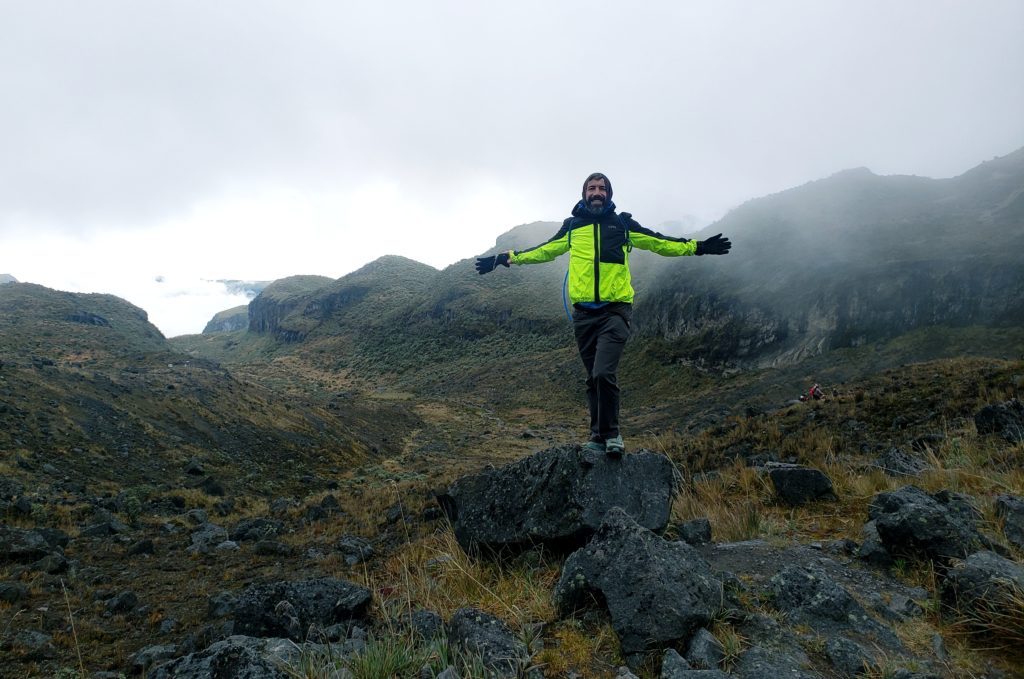
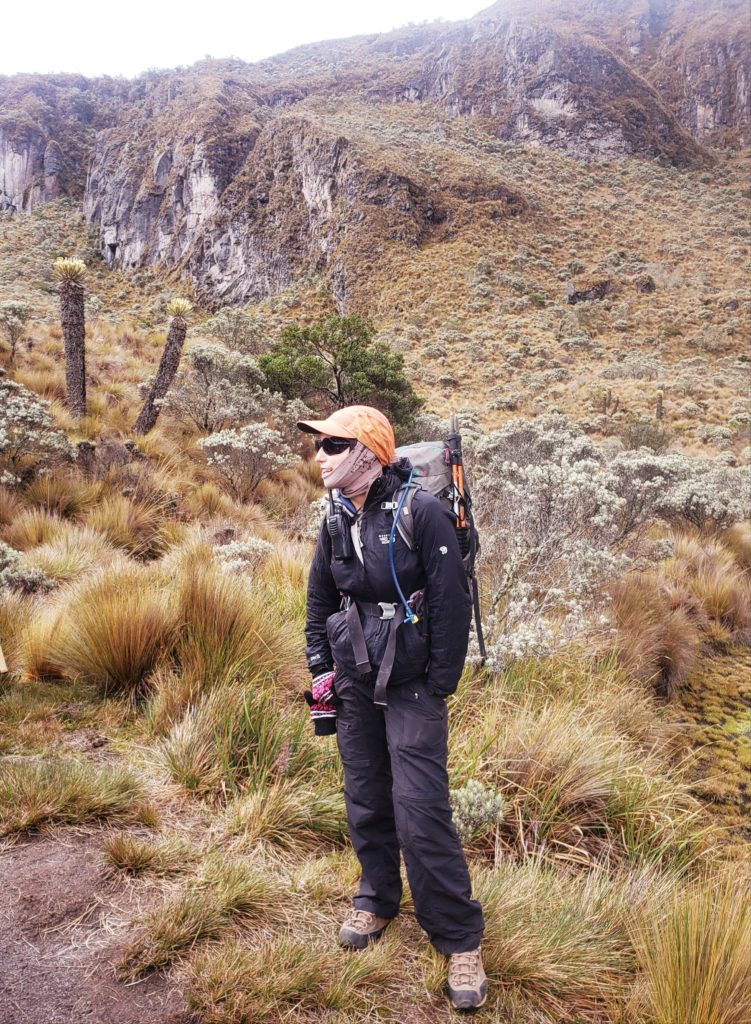
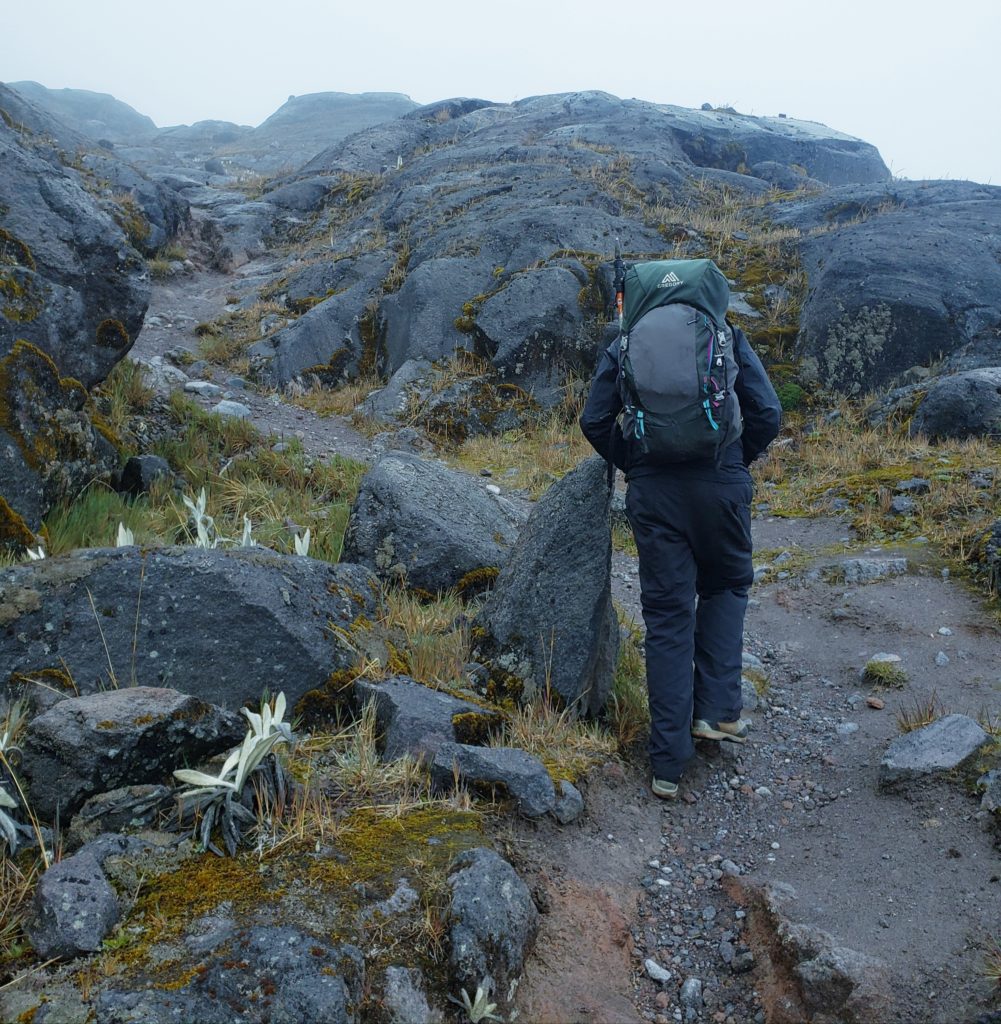
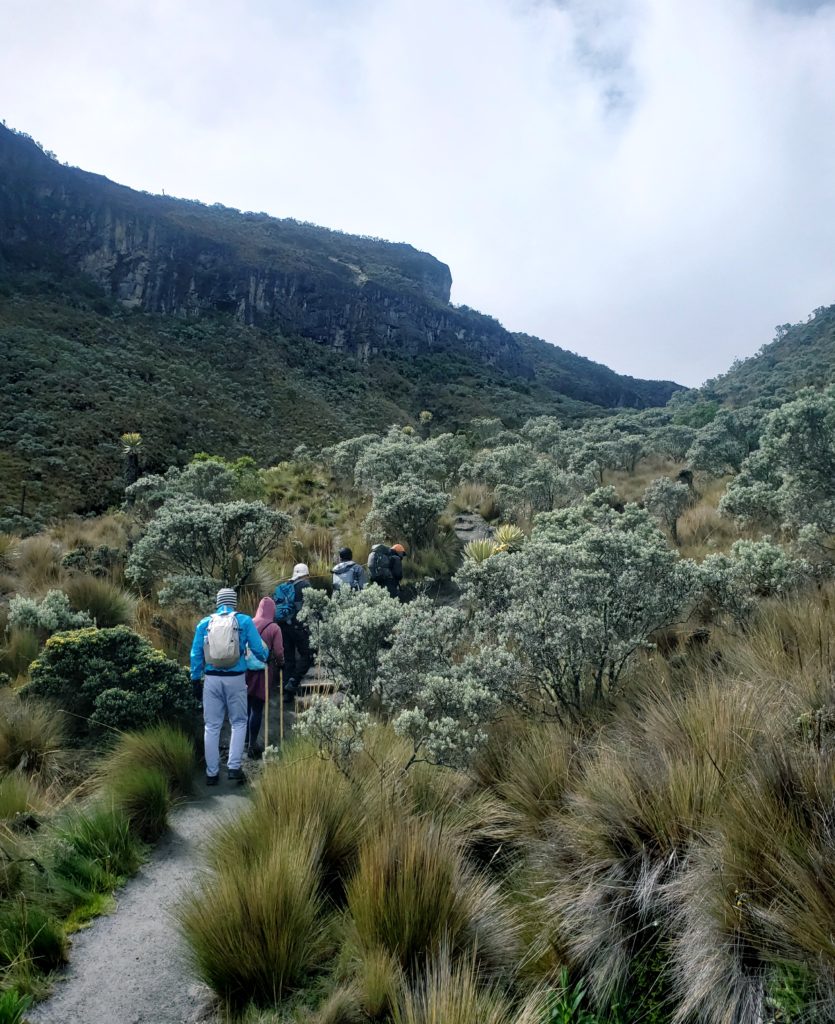
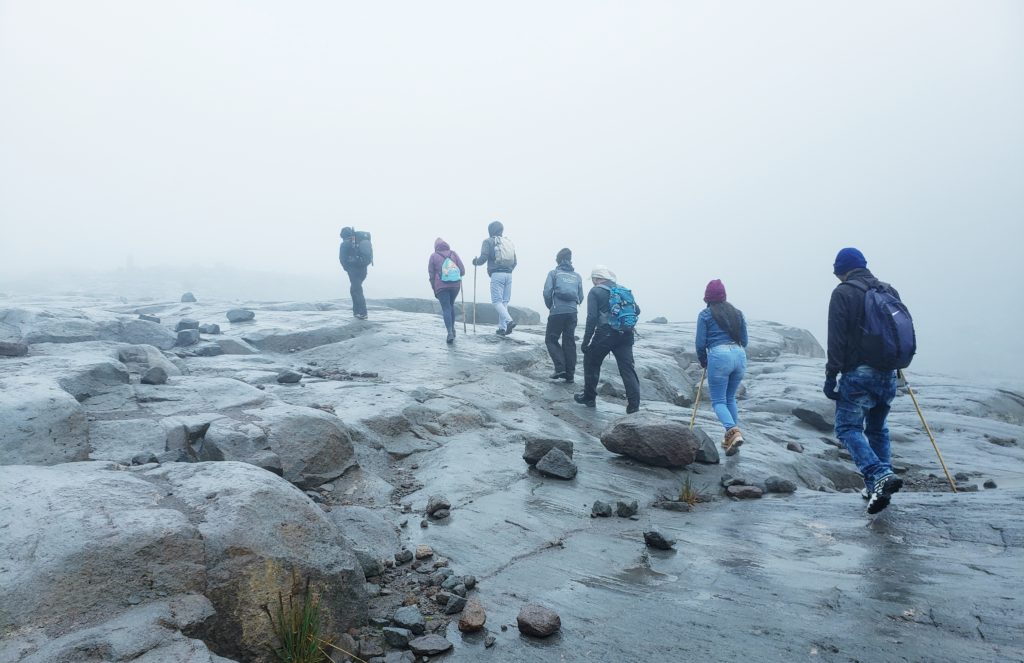
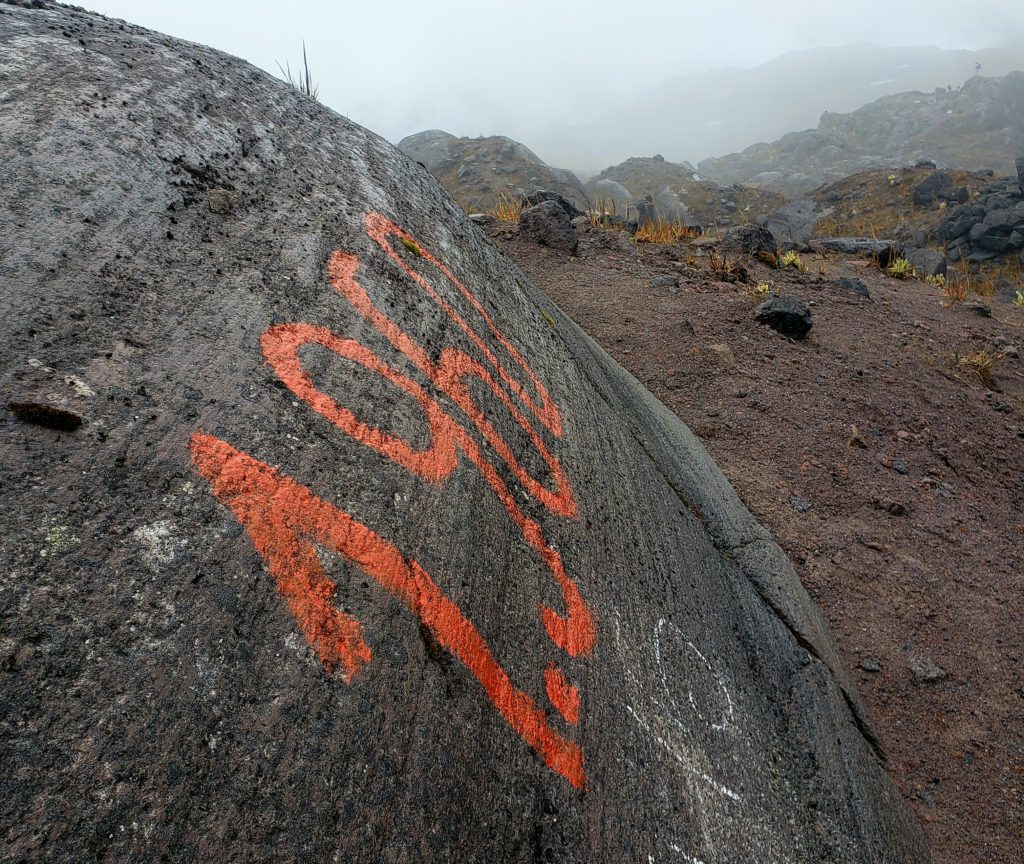
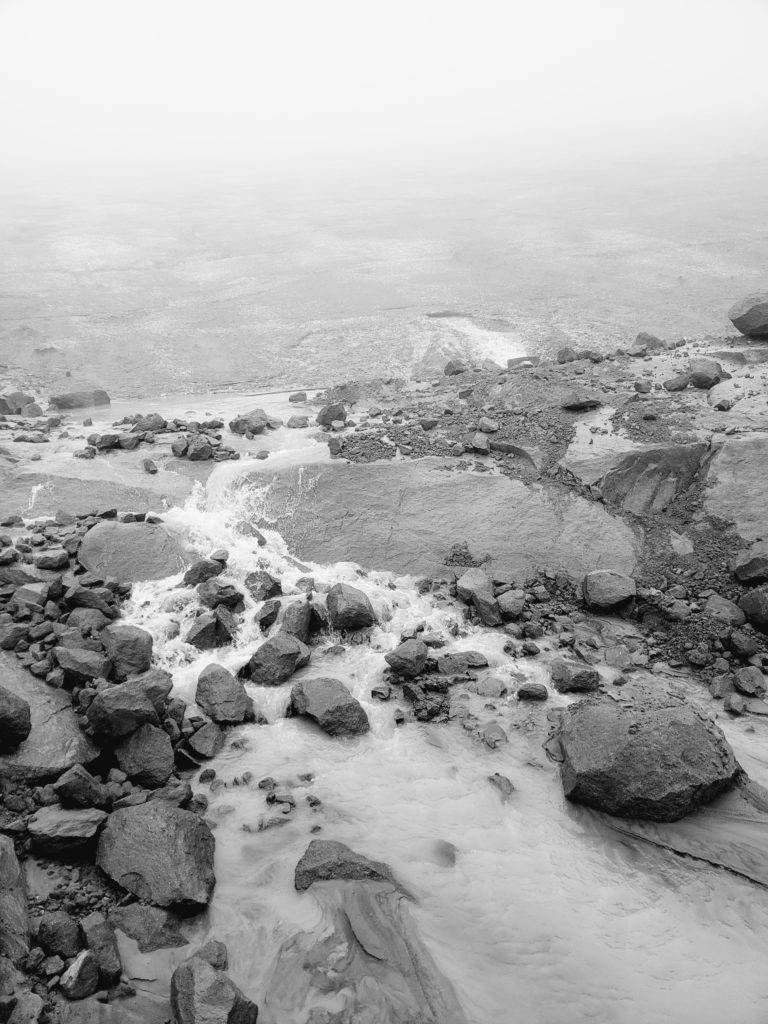
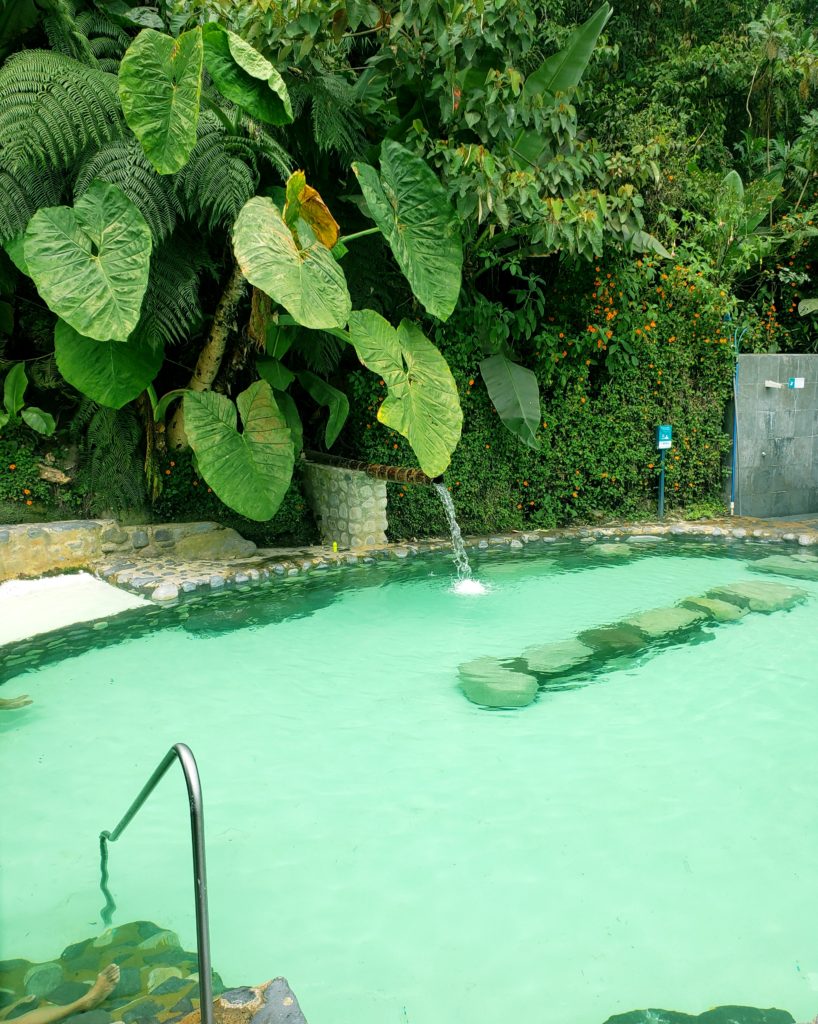
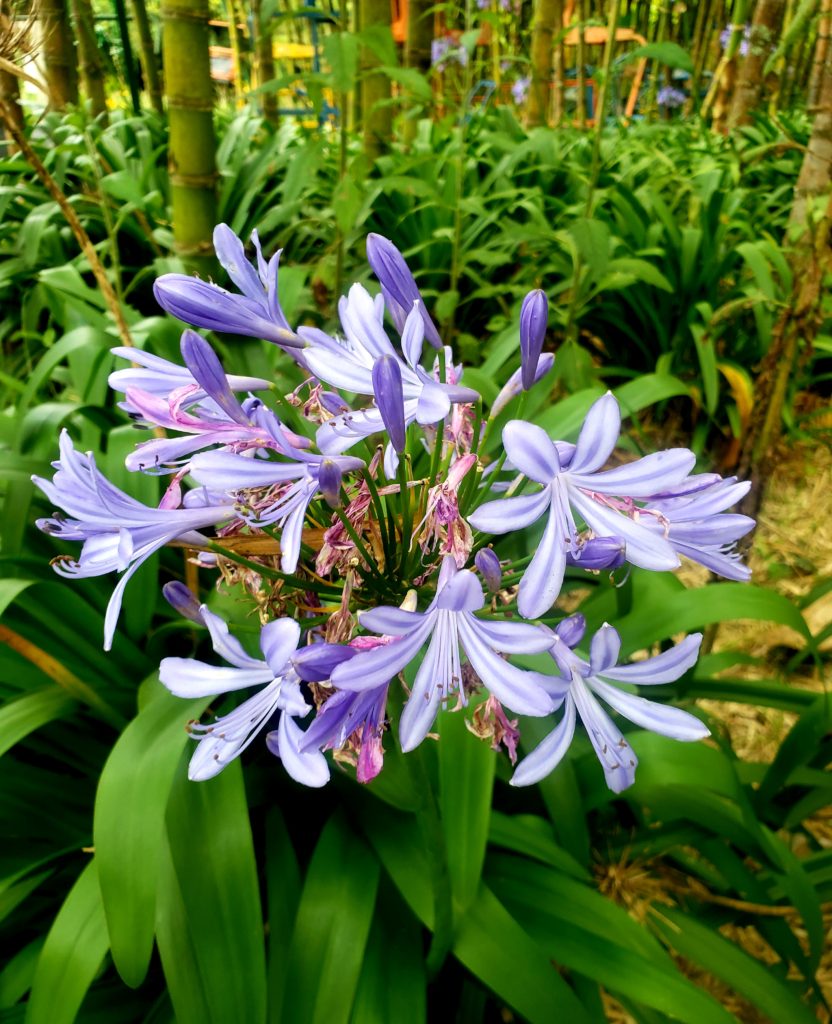
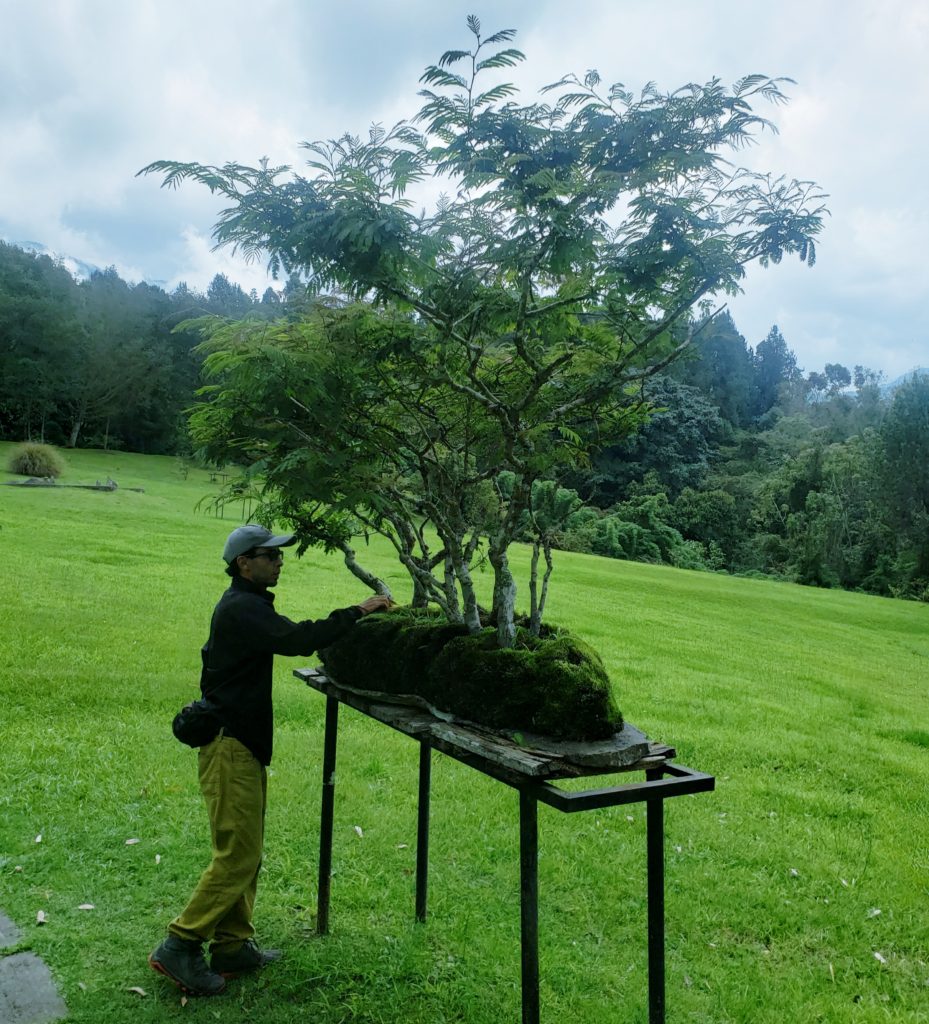
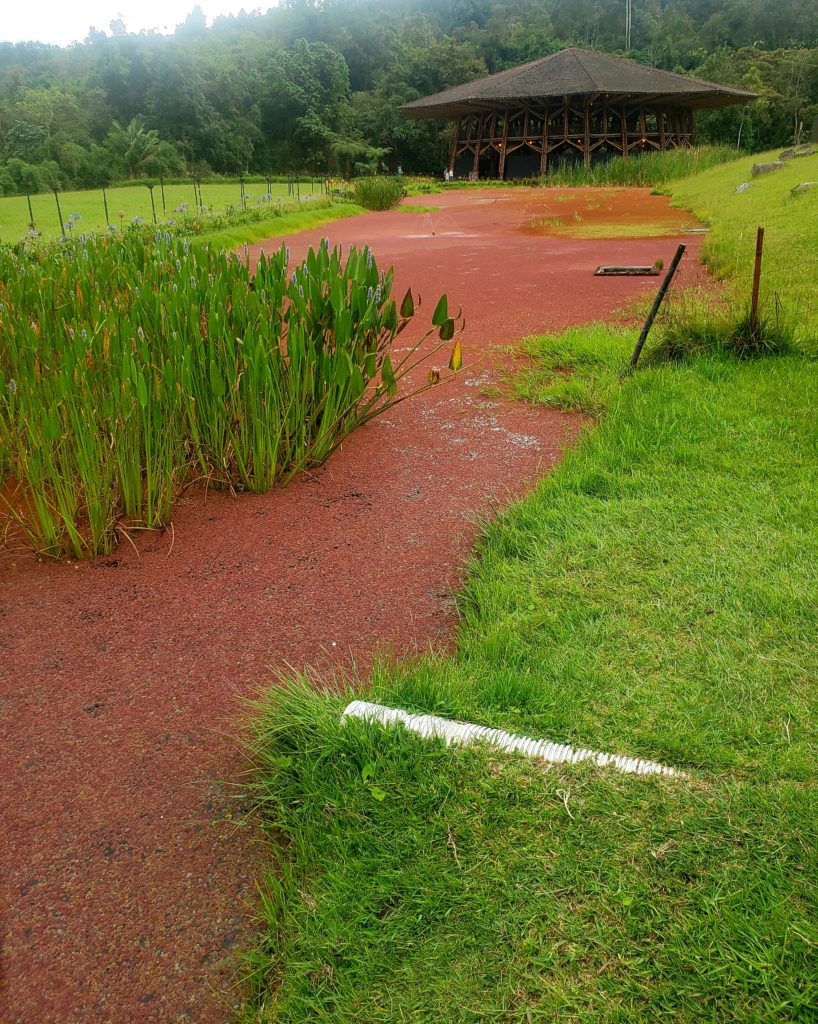
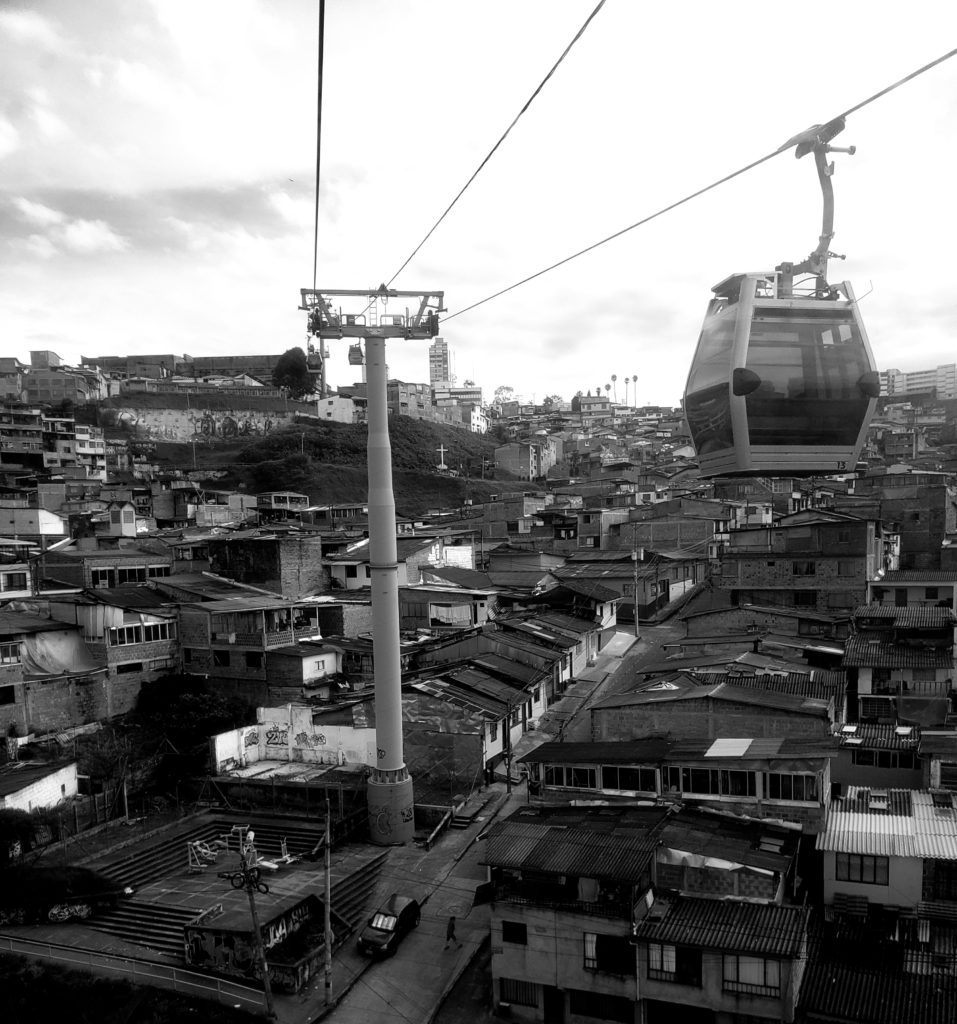
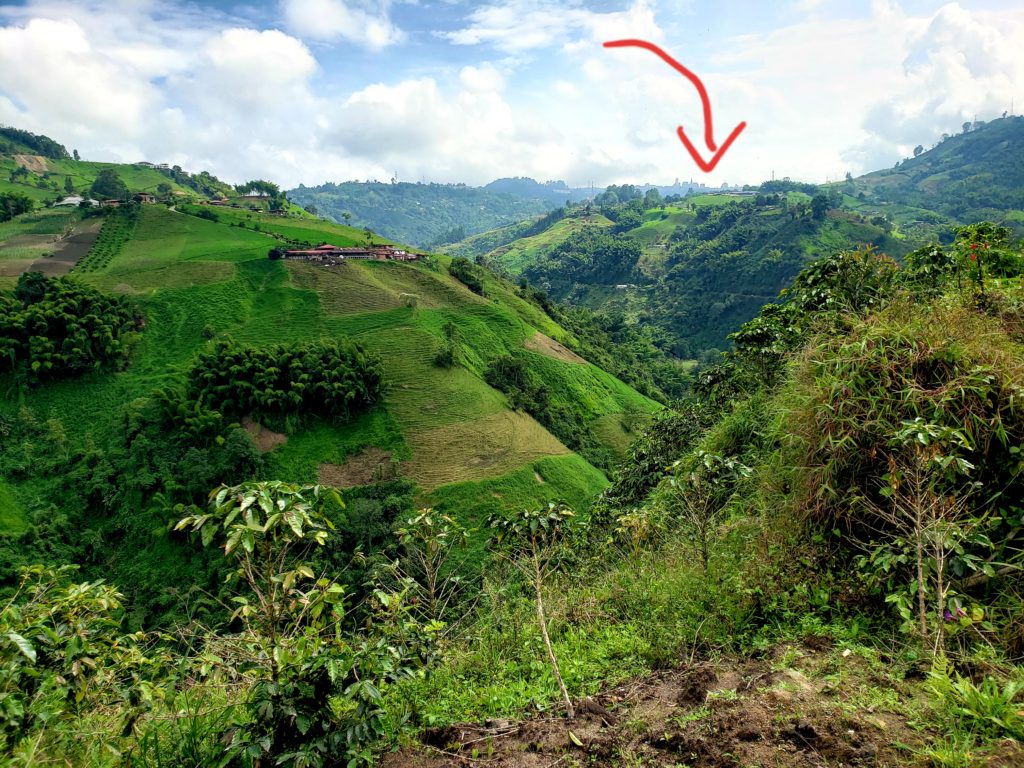
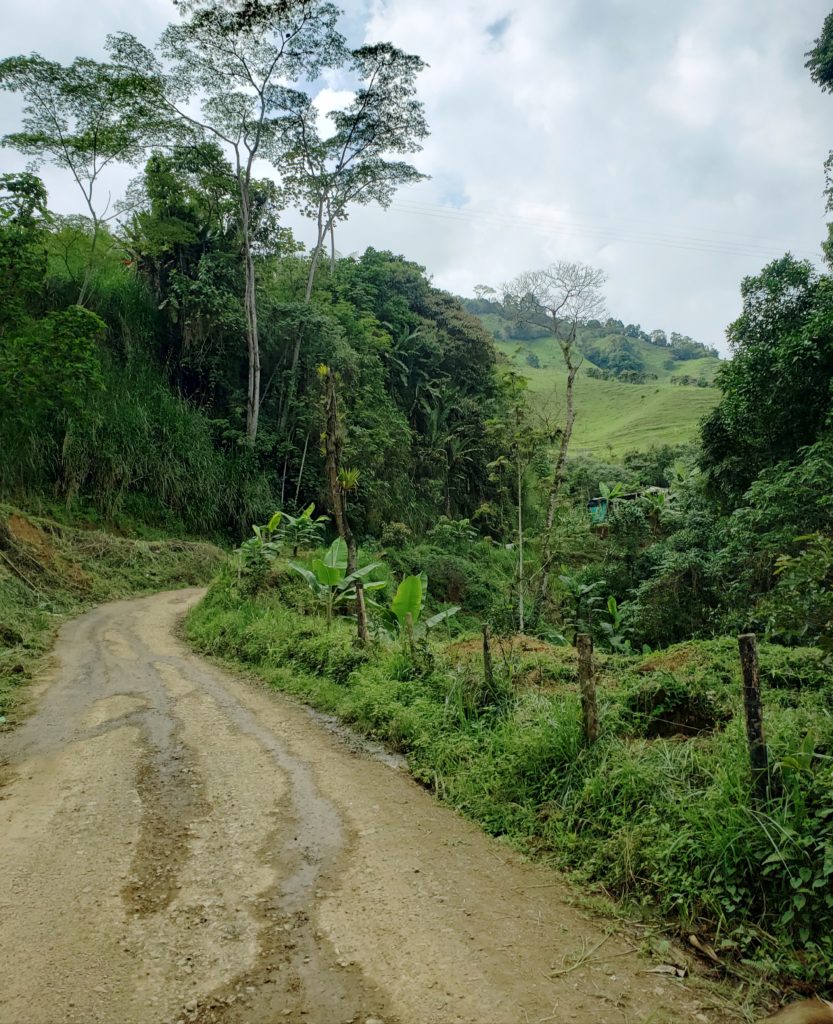
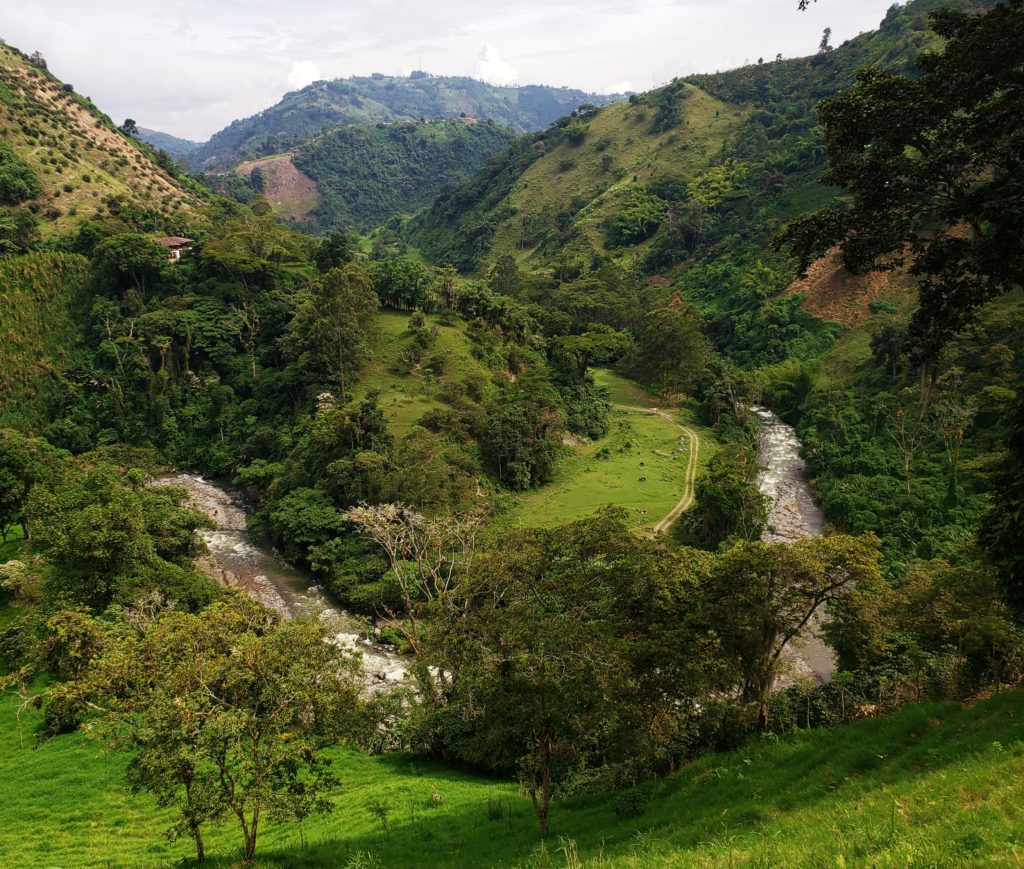
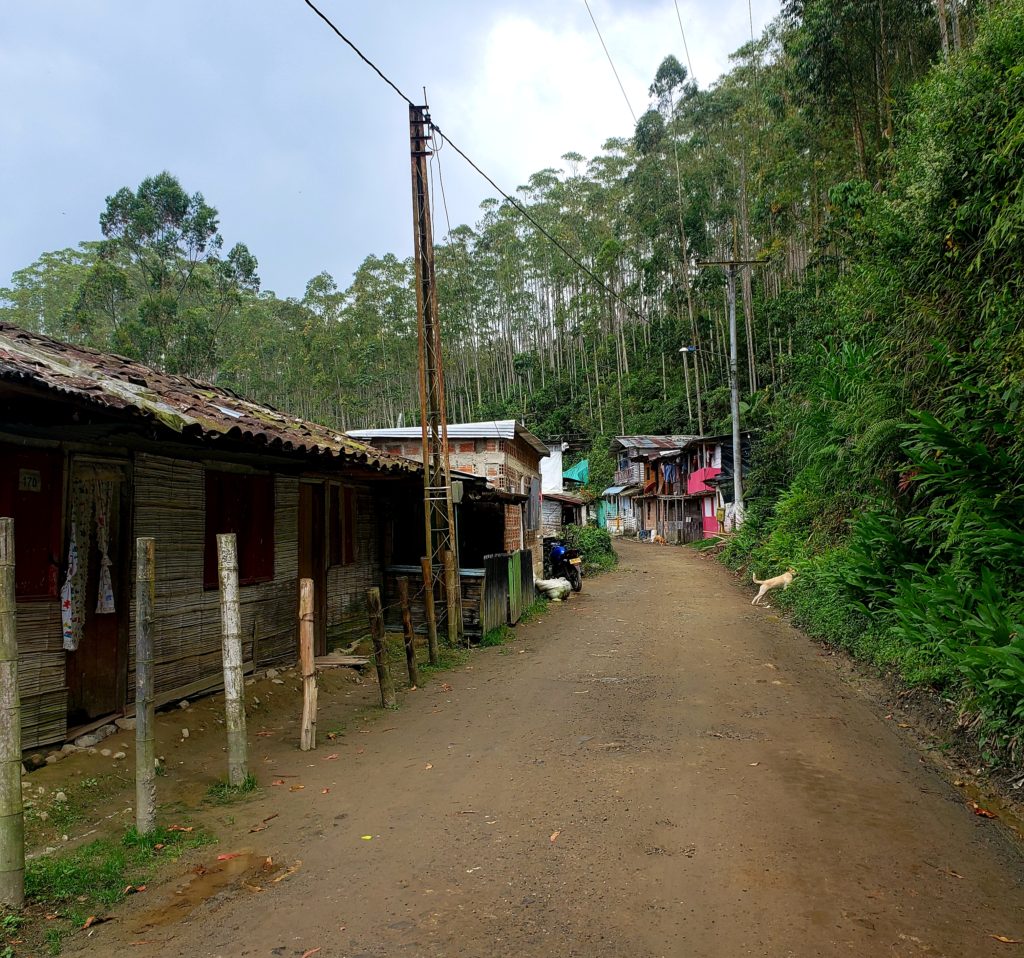
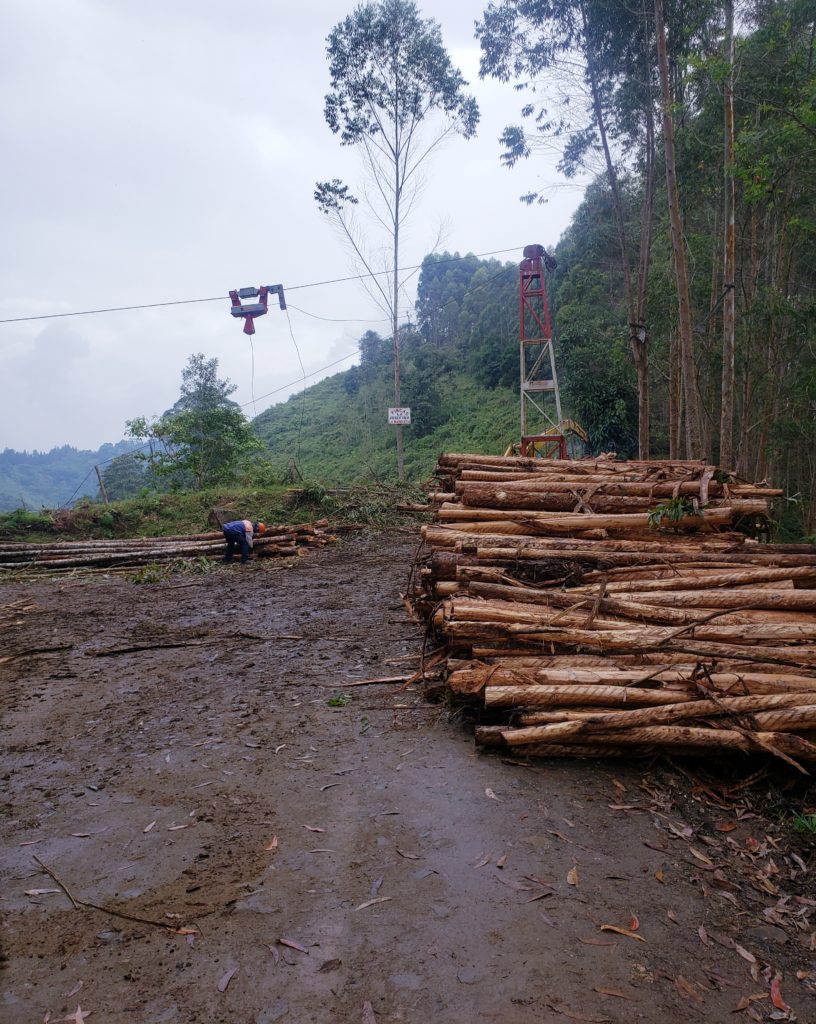




Archives
Calendar
| M | T | W | T | F | S | S |
|---|---|---|---|---|---|---|
| « Mar | ||||||
| 1 | 2 | 3 | 4 | |||
| 5 | 6 | 7 | 8 | 9 | 10 | 11 |
| 12 | 13 | 14 | 15 | 16 | 17 | 18 |
| 19 | 20 | 21 | 22 | 23 | 24 | 25 |
| 26 | 27 | 28 | 29 | 30 | 31 | |